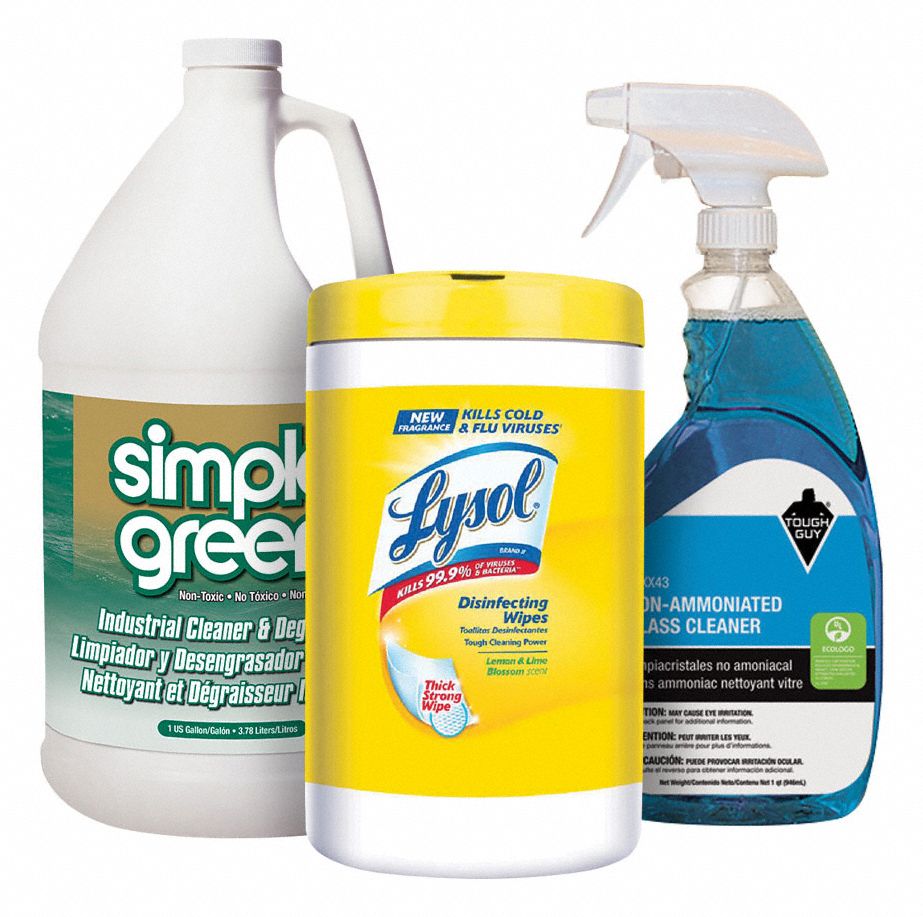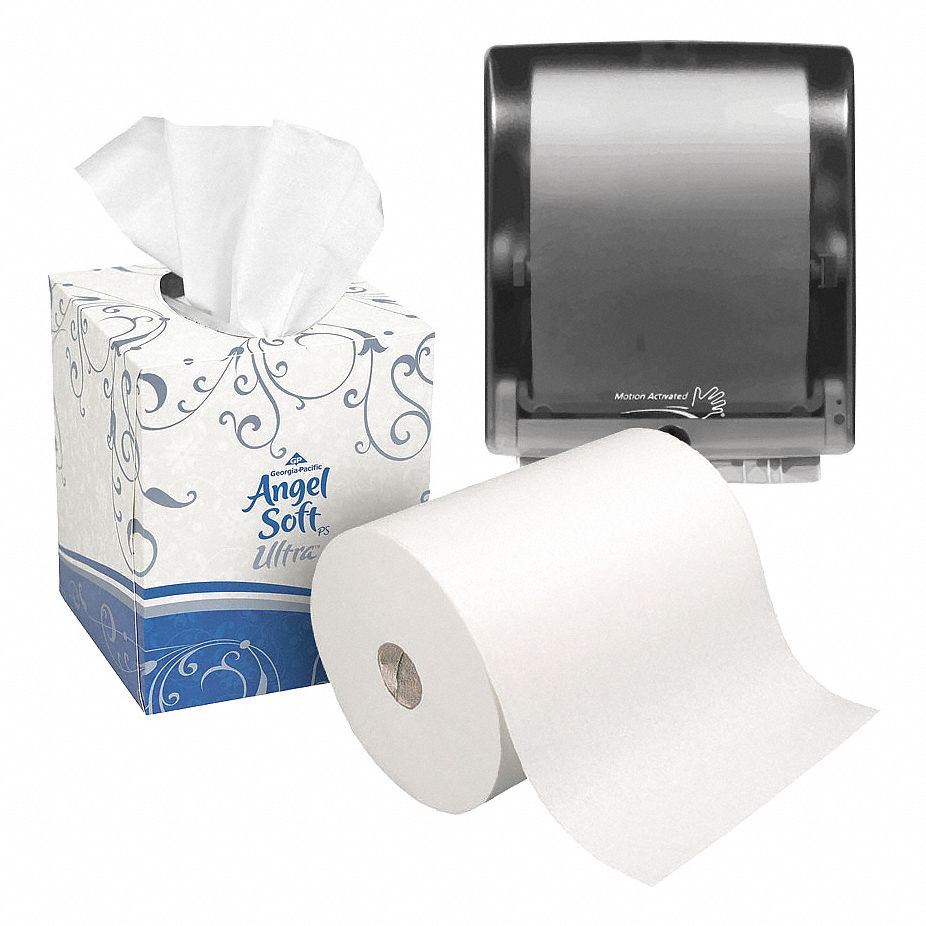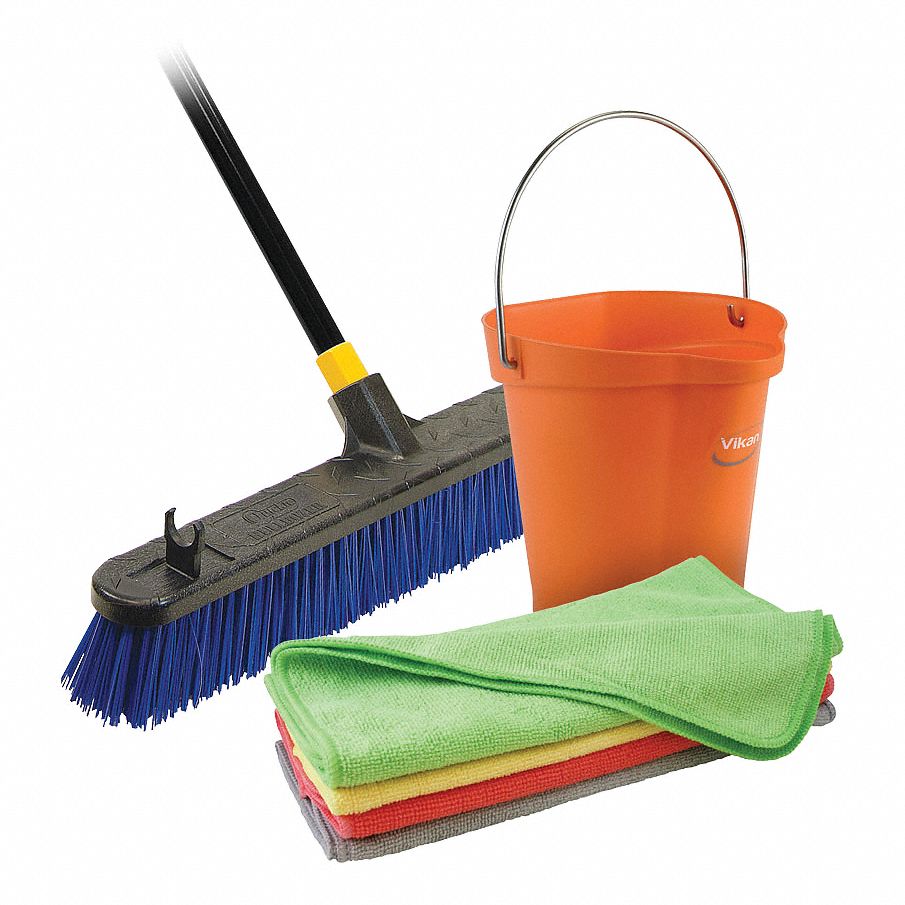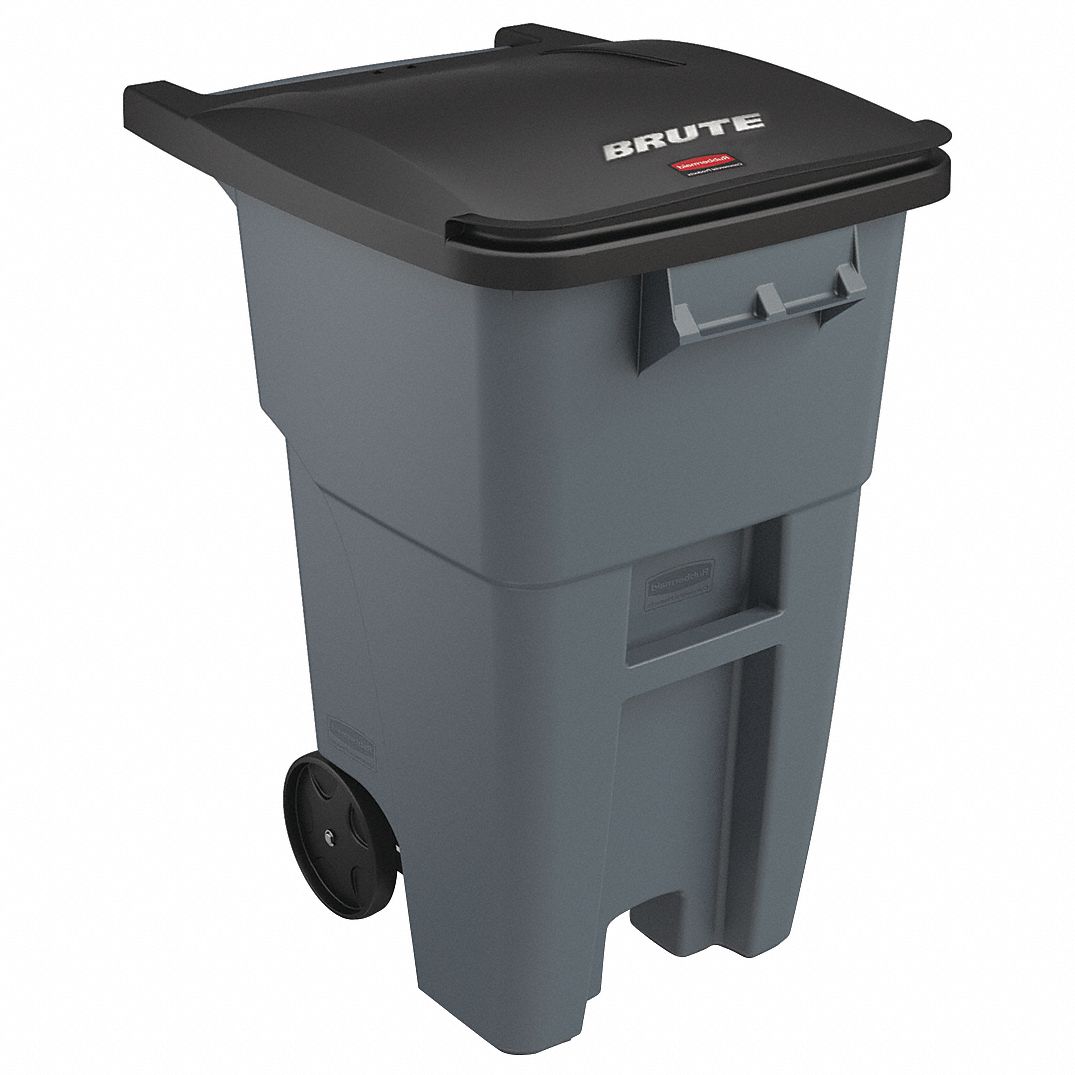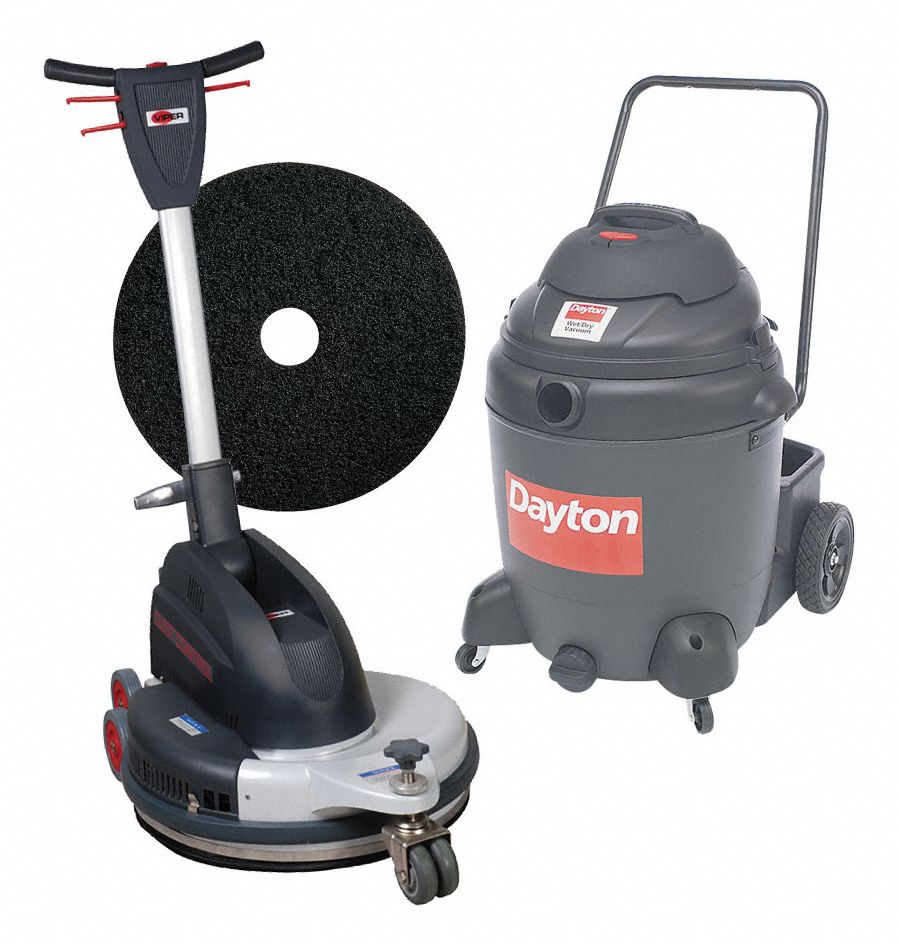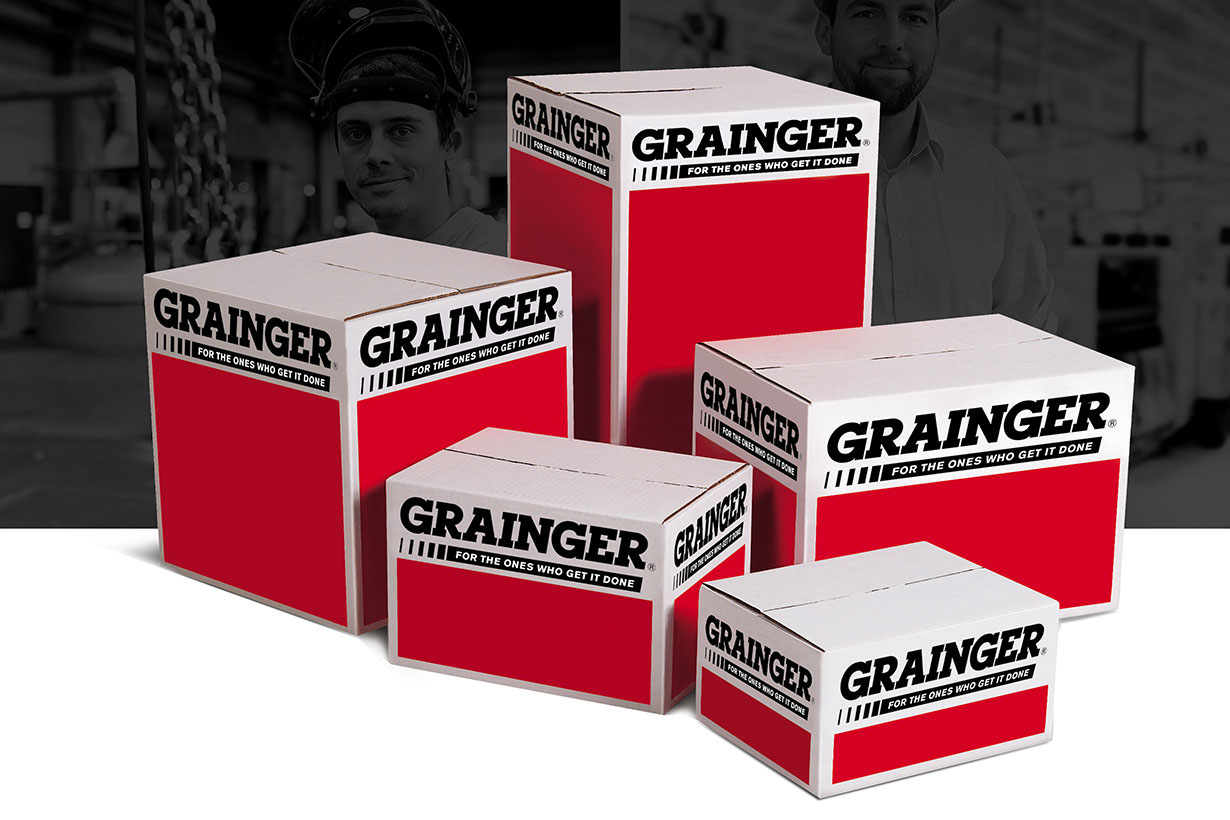

Bleach and Mold: Busting the Myth
By Grainger Editorial Staff 7/1/19
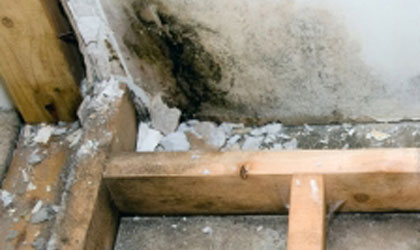
Here’s a rundown on molds commonly found indoors, where to look for them, and the possible ill effects they can bring:
Alternaria: A large spore mold that can deposit in the nose, mouth and upper respiratory tract causing an allergic response. Indoors, it is often found in carpets, textiles, house dust and potentially damp areas like window frames and showers. It can also be found in plant soil.
Aspergillus: Usually found in warmer climates in areas of water damage or extreme dampness. Aspergillus species are also commonly found in house dust. Many species produce mycotoxins which may be associated with disease in humans and some animals. Also found in building materials and in fall leaves and other decomposing matter like compost piles.
Cladosporium: The most commonly identified outdoor fungus, but it can easily enter into the house through the HVAC and other airflow entryways. Cladosporium also has an indoor species that grows on textiles, wood and other porous, damp areas. Both indoor and outdoor species are triggers for hay fever and asthma symptoms.
Penicillium A very common mold known to cause allergies, hay fever and asthma. Species may be found growing on wallpaper, wallpaper glue and decaying fabrics in water-damaged buildings or homes. It is also found in carpet and in interior fiberglass duct insulation. Some species can produce mycotoxins.
Stachybotrys Pronounced (stack-ee-BOT-ris), this is an especially toxic black mold that produces airborne toxins (mycotoxins) that can cause serious breathing difficulties, memory and hearing loss, dizziness, flu-like symptoms and bleeding in the lungs. Stachybotrys requires excessive moisture to thrive (usually running water) and is a slimy black mold. Although known as black mold, stachybotrys may also be white or greenish-black. It grows on material with a high cellulose content (drywall, cardboard, wood, paper, drop-ceiling tiles) that has been wet for several days. Sometimes, stachybotrys, like other molds, can produce chemicals called mycotoxins (myco from the Greek for fungus) that may cause asthma and lung diseases. Also known as stachybotrys chartarum, stachybotrys atra or SC.
Bleach Is Not The Answer So, what is the best way to kill mold and mildew? The answer is NOT bleach or bleach-based products. Chlorine bleach is NOT registered with the EPA as a disinfectant to kill mold. This important fact can be verified when you are reviewing product labels. Many bleach-based products do not contain these required EPA registration for killing mold and mildew. Additionally, bleach is a b corrosive material. It may irritate the eyes, skin and the respiratory tract upon inhalation. The dangers of bleach are significant to your health and the health of your family. Mixing bleach with other cleaners can create a poisonous gas that when released into the air can cause bloody noses, neurological disorders, headaches and potential fatality.
Bleach and bleach-based products are chemically unable to perform the two necessary steps for effective and lasting mold and mildew removal:
1. Clean, disinfect, and kill mold down to the spore (root)
2. Protect surfaces from the future growth of mold via antimicrobial (mold-proof) coating
Bleach (active ingredient: Sodium Hypochlorite) removes discoloration caused by mold, but may leave behind the micro-flora (plant spore) that enable mold growth to return to exactly the same area. Bleach does not destroy the spore - essentially, seeds - underneath. Only EPA-registered mold and mildew disinfectants labeled as a fungicide and mildewstat will do the job. In short, only the right kinds of disinfectant and protectant products, used in combination, can both eliminate and kill mold mildew and minimize its recurrence. Before purchasing a mold and mildew disinfectant product, read and fully understand the advertised purpose of that product — and correctly follow its use instructions. The labeling claims on some mold and mildew prevention products can be confusing — some say the product is a mold and mildew remover while another says their product is a mildew stain remover. Other products make similar 'ambiguous' claims. Make sure that the product satisfies your intended need for the surface to which it is to be applied. If your intention is to kill mold, make sure the product is EPA-registered and follow the directions for usage.
EPA-Registered Mold and Mildew Disinfectants The best way to kill mold and mildew is to treat areas with an EPA-registered mold and mildew disinfectant. These specially formulated disinfectants will kill mold spores at their roots, preventing them from reappearing over and over again. In addition, there are protectant products that can be applied to surfaces to provide an invisible barrier protecting surfaces against the harmful effects of mold and mildew. Moldex® Brands products provide a complete range of surface applications featuring durability, stain resistance, water repellency, mold, mildew, algae, fungus and odor-causing bacteria protection to the coating's surface. These products combines proprietary, aqueous-based systems and industry-standard antimicrobial additives that have been shown safe in a two-year toxicity and carcinogen test. Well-informed businesses and institutions can help reduce exposure to mold and mildew problems by using the proper treatment methods and reducing the presence of mold and mildew in their facilities. *The term "sick building syndrome" (SBS) is used to describe situations in which building occupants experience acute health and comfort effects that appear to be linked to time spent in a building, but no specific illness or cause can be identified.
Article courtesy of Moldex Brands.
The information contained in this article is intended for general information purposes only and is based on information available as of the initial date of publication. No representation is made that the information or references are complete or remain current. This article is not a substitute for review of current applicable government regulations, industry standards, or other standards specific to your business and/or activities and should not be construed as legal advice or opinion. Readers with specific questions should refer to the applicable standards or consult with an attorney.

